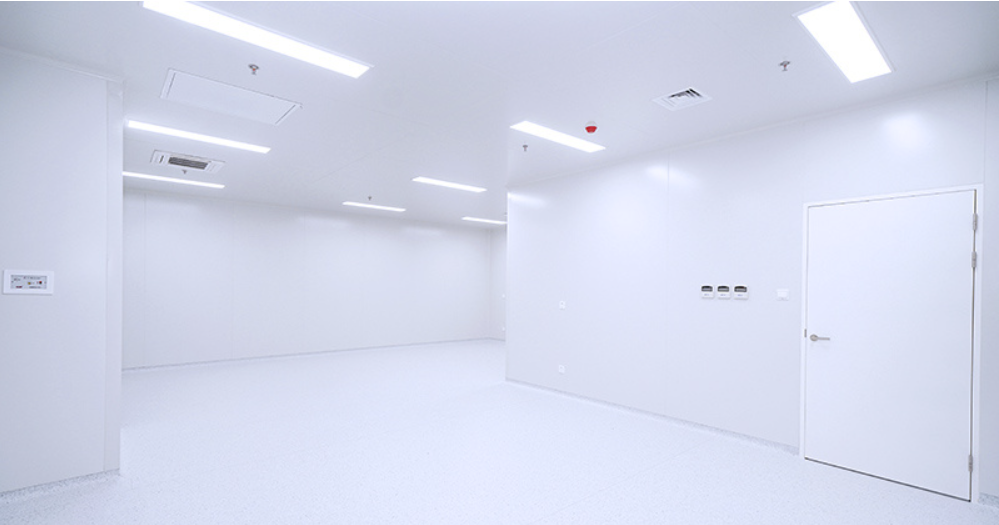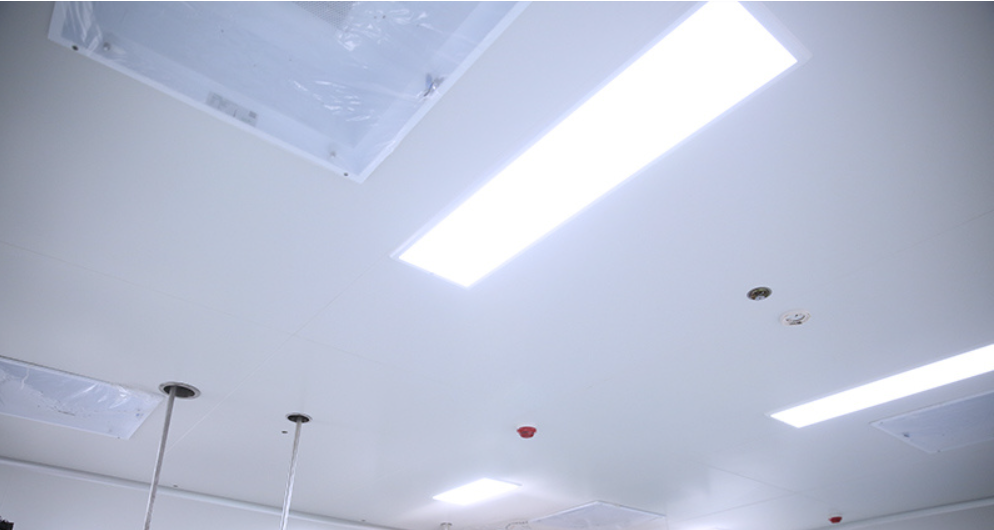A Guide to Choosing the Right Clean room Lighting

In highly controlled clean room environments, every detail and component is critical. While clean room lighting may seem insignificant, it can have unforeseen impacts on the environment. Selecting appropriate clean room lighting is not only about ensuring adequate brightness but also crucial for clean room contamination control, product quality, and operator comfort.
Clean room lighting differ from standard general-purpose lighting . Standard general-purpose fixtures can harbor particles, generate turbulence, release contaminants, and may not be effectively cleanable. Clean room lighting , however, are specially designed and manufactured for clean room environments, serving an irreplaceable role. When selecting appropriate clean room lighting , the following key factors must be considered.
Compliance with clean room classification and standards
Clean room lighting must match the clean room grade, which determines the allowable number of airborne particles in the cleanroom to meet ISO grade requirements. This directly influences the design of the lighting .
- Sealed and non-shedding: The lighting must be completely sealed to prevent internal particles from escaping into the clean room environment. The exterior of the fixtures should be made of non-shedding, non-porous materials such as stainless steel or anodized aluminum, and coated with a smooth, high-quality powder coating.
- Minimal turbulence: The design should minimize air turbulence. Recessed fixtures flush with the ceiling are ideal, as they do not interfere with the unidirectional (laminar) airflow from HEPA or ULPA filters.

Clean room Lighting Design
The physical structure design of clean room lighting is critical for both cleaning and maintenance.
- Recessed dark light slots: This is the most common and effective type of lighting in clean room. These fixtures are installed above the ceiling grid, with only a sealed recessed lens visible from inside the room. This design seamlessly integrates with filtered ceiling panels, preventing any airflow interference.
- Gasket Sealing: High-quality gaskets are essential for creating an airtight seal between the lens, frame, and ceiling, with standard protection meeting IP54 standards. This prevents unfiltered air from the static pressure box above from leaking into the clean room.
Clean room Lighting Quality and Performance
Clean room lighting must provide sufficient light and brightness, making their performance characteristics critical.
- Illuminance (lux level): Different tasks require different light levels. A detailed visual inspection station may require over 800-1000 lux, while a general changing area may only need 300-500 lux. Conduct a task analysis to determine the appropriate light level for each area.
- Color Rendering Index (CRI): CRI measures a light source’s ability to display the true colors of objects compared to natural light. A high CRI (85+) is critical for tasks involving visual inspection, identifying contaminants, or handling colored wires and components. A low CRI can cause eye strain and lead to errors.
- Glare control: Glare can cause fatigue and reduce productivity. Select fixtures with prisms or micro-lens diffusers, which evenly distribute light and minimize direct glare.
Clean room Lighting Maintenance and Cleaning
During clean room operations, cleanroom lighting requires regular maintenance and cleaning to ensure the controlled environment of the clean room.
- Smooth surfaces: Lighting must not have any protruding parts, grooves, or screw heads that could accumulate dust.
- Easy maintenance: Lighting should be designed for tool-free or quick maintenance while sealed, allowing for rare internal cleaning or maintenance from the static pressure room side to avoid entering the clean room.
- Chemical Resistance: Surfaces must withstand repeated cleaning with harsh disinfectants such as isopropyl alcohol (IPA), hydrogen peroxide, or bleach without degradation, discoloration, or corrosion.
Selecting clean room lighting is a critical component in maintaining cleanroom environmental quality and control. For assistance in choosing the right cleanroom lighting, please contact SDpanel’s HVAC engineers and relevant personnel.
